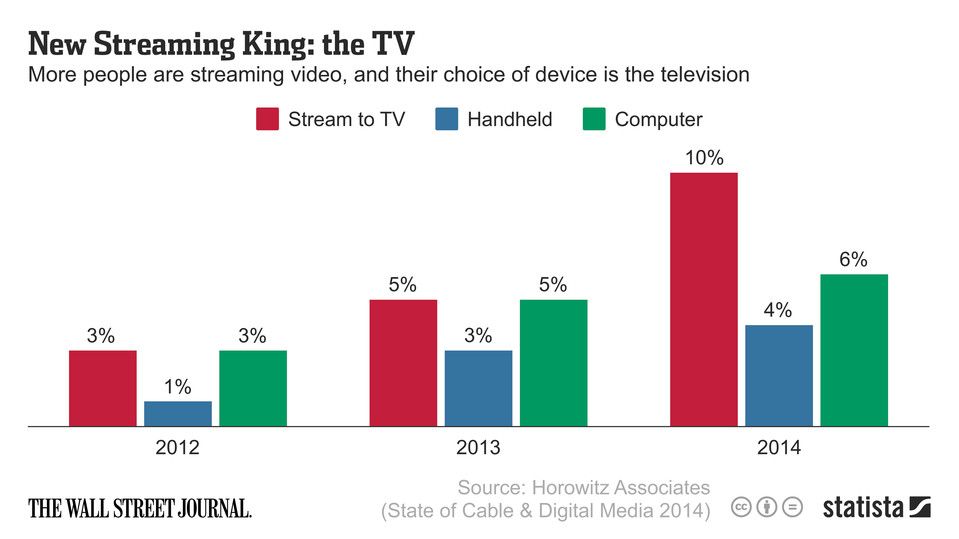Marinating for a day in viewpoints of the top game marketing executives and thought leaders at the Game Marketing Summit gives you some interesting insights into the state of game marketing. We all know the game industry has been changing rapidly in the past few years as it grows explosively. We’ve seen mobile games grow into an enormous business (in Japan, mobile game revenues are passing up console game revenues), indies become a major force (that’s where Minecraft started, for instance), free-to-play games becoming billion-dollar businesses, and the game industry heading for $100 billion in revenue in short order.
What hasn’t been as generally acknowledged is that game marketing has been changing as much or more than the rest of the game business. Game marketing used to be pretty sedate compared to the frenetic dash of product development, where they would be forever stressed in trying to adapt to new platforms or squeeze out more performance while trying to meet an impossible shipping date with code that had to be near-perfect because you’d never be able to update it. Meanwhile, game marketers would be busily copying their marketing plans for the last game and substituting the new game title before languidly preparing some new copy for the magazine ad. No wonder product development hated marketing.
Now it’s the marketing team that’s frantically responding to rapid changes in the market. Last year’s marketing plan? Tear that up, it’s not relevant to the latest social media outlets and livestreaming reality. A marketing plan from a couple of years ago? How quaint, it still called for TV advertising! Marketing plans from when the Madden franchise first launched? Yes, it was written in cuneiform on clay tablets, why do you ask?
Now game marketing is a vast array of choices, and many of them haven’t been around long enough to develop a predictable outcome. Social media has become a mainstay, yet even the nature of which outlets to use and how to use them is in flux. Facebook is fading among teens, while Instagram is surging. How much does Twitter matter among your gamers Where does Tumblr fit in Wait, Facebook changed the way its News Feed works again this week, so we have to rethink what we post…It’s tough to be a marketer when you can go into work in the morning and find out last week’s carefully made marketing plan is obviated by an algorithm change some social media company made late at night without telling anyone.
One theme that became clear during the GMS is that companies aren’t in control of their brands any more — it’s the customers. Their voices will be heard loud and clear, and woe betide those marketers who try to shout them down. If the game has problems, you’re going to hear about them — and so will the rest of the customers. The development team has to be responsive and the marketers have to be honest; stonewalling and denial and taking months to fix things just won’t fly.
Just as user-generated content (UGC) has become an important game feature (see, again, Minecraft), user-generated marketing (UGM) is becoming an important factor for game marketers. Look at the thousands of YouTube channels and blogs devoted to gaming, with passionate fans providing countless hours of game streaming, commentary, analysis and strategy for other fascinated fans. This can’t be shut down or controlled by the game developers. At best, you can hope to influence it a little, but certainly you should try to amplify the best of it and try to channel its power into helping your other marketing efforts. In the end, though, the game had better be damn good and continuing to get better, or else the crowd will turn on you.

Streaming has become immense, and the easy sharing capabilities of the PS4 and Xbox One are only going to accelerate this trend. Marketers are just beginning to figure out how to use this fast-growing technology as part of marketing efforts. Don’t take too long to think about it, though, because the competition isn’t. You’d better just jump in and start doing stuff, course-correcting along the way as you get feedback. It’s fast-moving, seat-of-the-pants flying in shifting terrain, and that will terrify some people. Find somebody on your team who’s an adrenaline junkie that can be exhilarated by this opportunity, and push them out to go hurtling through space and see if they soar or hit the ground. You may get a big crater, but you can always share the video of the crash.
The lines are blurring between game genres, between platforms and brands, between marketing and community and PR and product development. Getting products to market and continuing to get great revenue from them for years is the goal big companies (or those that hope to become big) are shooting for. To reach that goal, you can’t have different departments that don’t talk to one another. Product development is becoming one discipline that includes marketing, community, PR, design, programming, art, sound, and support.
Are there dangers in this brave new marketing world Of course. Social media is seductive because it’s so great at engaging fans, but you can end up preaching to much to the choir and risk not attracting a broader audience. Gaming is going global, and the demographic is also expanding to include nearly everyone as a possible gamer. Game marketing has to be able to reach a broad array of possible gamers as well as going deeper to engage committed fans better.
New technologies may be hard to master and you may waste a great deal of time and money on a technology that turns out to be not terribly effective at generating revenue. We are deluged by massive amounts of data, but that makes it harder than ever to find the important data amidst the flood. Then you have to analyze it properly, and ask the right questions, and draw the right conclusions, and make the right decisions. This requires a team of savvy people with a wide array of skills, and leadership that can bring them together for maximum effectiveness. And the skills needed will be evolving and changing as the market continues to change, so marketing leaders have to be on top of that as well.
Game marketing today means no complacency. The market is moving fast, and marketers must move faster or risk being overrun. It’s an exciting time, and marketers should be energized by the creative challenges ahead. Let’s see some game marketing that’s as creative as the great games coming out!

 Image source:
Image source: 
